Culture & Lifestyle
The colours and narratives waiting to be spilled
The third iteration of Himalayan Art Festival brings together the works of 150 artists and is a magnificent display of the evolving art scene in Nepal.
Srizu Bajracharya
The smell of fresh paint still hangs in the air at Nepal Art Council, Babar Mahal, as a team of artists from E-Arts Nepal get busy for the opening of Himalayan Art Festival, an ambitious annual festival that is being organised for the past two years now.
As the organisers nit-pick over the position of paintings and the casting of light, one realises how much effort goes into putting up an exhibition. And how disappointing it must be when the artworks don’t receive an audience. The objectives of the annual event hence are clear: to bring an audience to appreciate diverse forms of artwork and to encourage people to invest in art. Many of these artworks range from Rs8,000 to 2.5 million for people to not just appreciate the art but to nurture a culture of buying and sharing artworks. Such a platform, therefore, is invaluable for Nepali artists.
The Himalayan Art Festival 2019 brings together the works of 150 Nepali artists and showcases about 200 art pieces—and needless to say, it demands a lot of time from the audience. As soon as you walk into the gallery, you will see that the exhibition delivers what it promises: it is a celebration of art, with a presentation of a multitude of art genres—acrylic paintings, paubhas, sculptures, installations and ceramic, photography and printmaking.
On the walls, there are canvases that light up a surreal world. The ground floor is dedicated to senior artists and explores traditional forms of art that are more straightforward. The first floor of the building is devoted to younger contemporary artists, and personally these beautiful renditions are what steal the show.
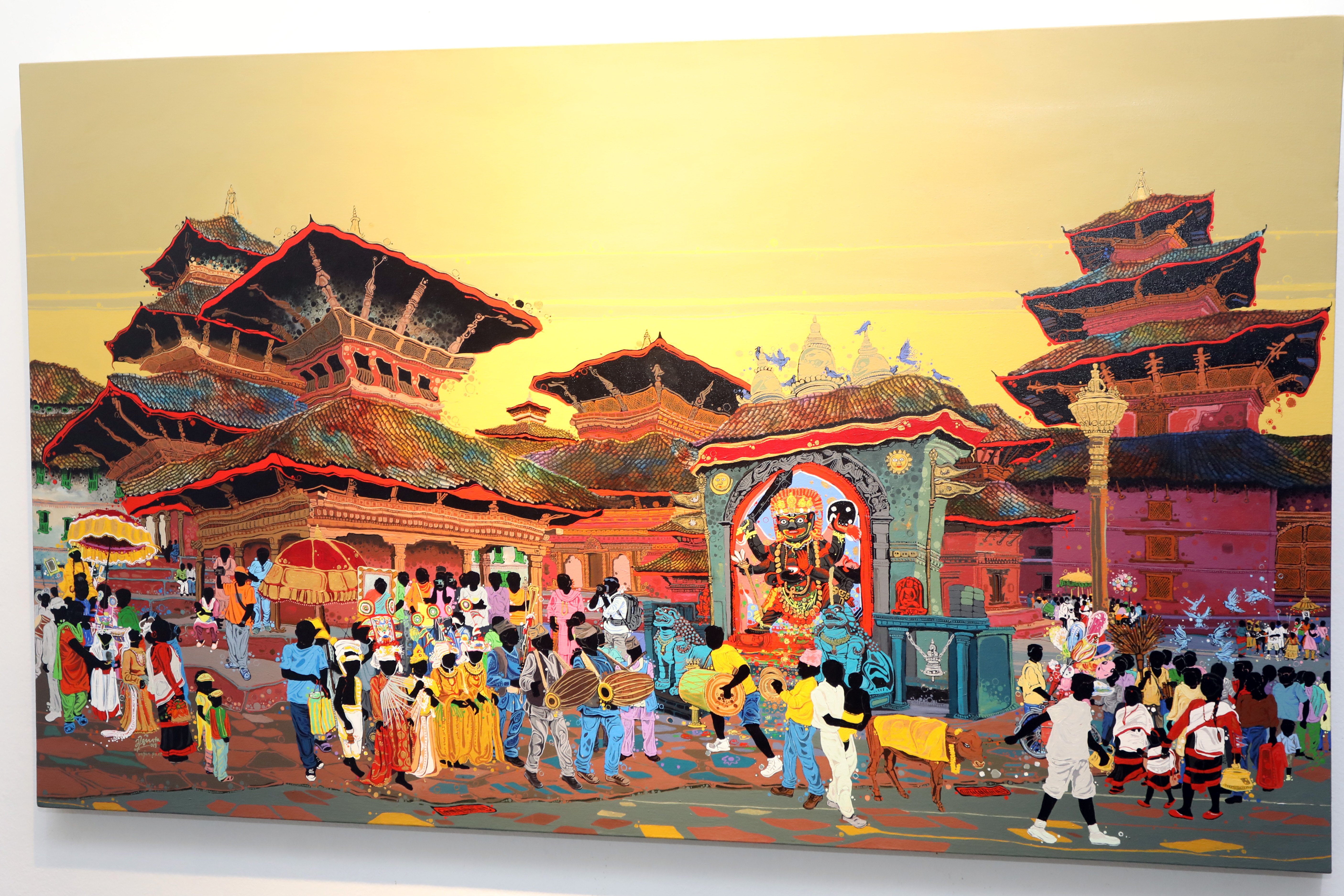
The artworks in the exhibition, particularly the upper floor, discuss not just beauty but nostalgia, crumbling heritage, wavering faith, addiction, diverse Nepali cultures, environmental destruction and many other evocative issues. However, it’s also apparent that the curation has played it safe by bringing together artworks that are relatable and familiar.
One such artwork covered in vibrant colours is Rajan Panta’s acrylic painting, ‘Gai Jatra in Basantapur’. The subjects of the painting—monuments, deities and people—seem to be submerged in water, with tiny water bubbles making this revelation even more vivid, yet the wonderful play of colours bring forth the festival’s celebratory air.
Another artwork that stands out in the exhibition is Samundra Man Singh Shrestha’s ‘Akashagarbha Lokeshvara’, an acrylic painting that shows the fading imprint of a deity on a worn-out white cement facade of an old red brick wall. It’s hard to pull away from Shrestha’s painting. In recent years, his works have been praised for his creative fusion of traditional iconography with contemporary elements and have been sought after by many art collectors, and this dexterity of his is perfectly on display with this painting.
The exhibition also showcases some rhetoric art pieces such as Koshal Hamal’s large acrylic painting. The huge painting, however, uses a lot of space with only one frame calling out to spectators and is titled, ‘What is so beautiful about this painting?’. It’s obvious that people before coming closer to the picture will not notice the details of the frame that bears utensils used for pujas such as copper karuwas, kalash, brass plates, and aunti. And this revelation is what pulls the onlookers to admire the artwork.
Some contemporary artists in their artworks also seem to be playing with satires and light humour to appeal to the audience. One such artwork is Niraj Chitrakar’s ‘Ganesh’, which shows one of the most revered deities in Hinduism, blocking his ears with his hands because aeroplanes are whooshing past him in every direction and are hindering his peace. Shrawan Kumar Maharjan’s bronze installations are also quite interesting, as they are caricatures of popular Nepali cultures. In one installation titled ‘Jatra’, a frog carries a fire torch, guiding two other frogs who manoeuvre the huge mask of Pulukisi, imitating one of the many tableaux from Indra Jatra.
Bidhyaman Tamang’s ‘Memories of My Soil’ placed in the inner hall of the first floor, on the other hand, is heartwarming. The canvas bears the feel of a rusted paper that shows an aerial view of empty terraces. Light pencil outlines around the structures mark areas of barren land and on top of them, corn stalks and beans hang in the air. Tamang also scribbles poems about the hardships of farming over the art. And although the art piece feels like a draft rather than the final work, as the juxtaposition of these elements is strange, it seems that is the very intention of the artist—to make the art piece feel more personal with its rough edges.
The whole exhibition is seductive in its own way for the variety it caters. The curated photography in the second room of the ground floor also has an artistic flair. However, the experience of the festival would have been more satisfying if the curation had also focused on sharing information about the artists’ inspiration.
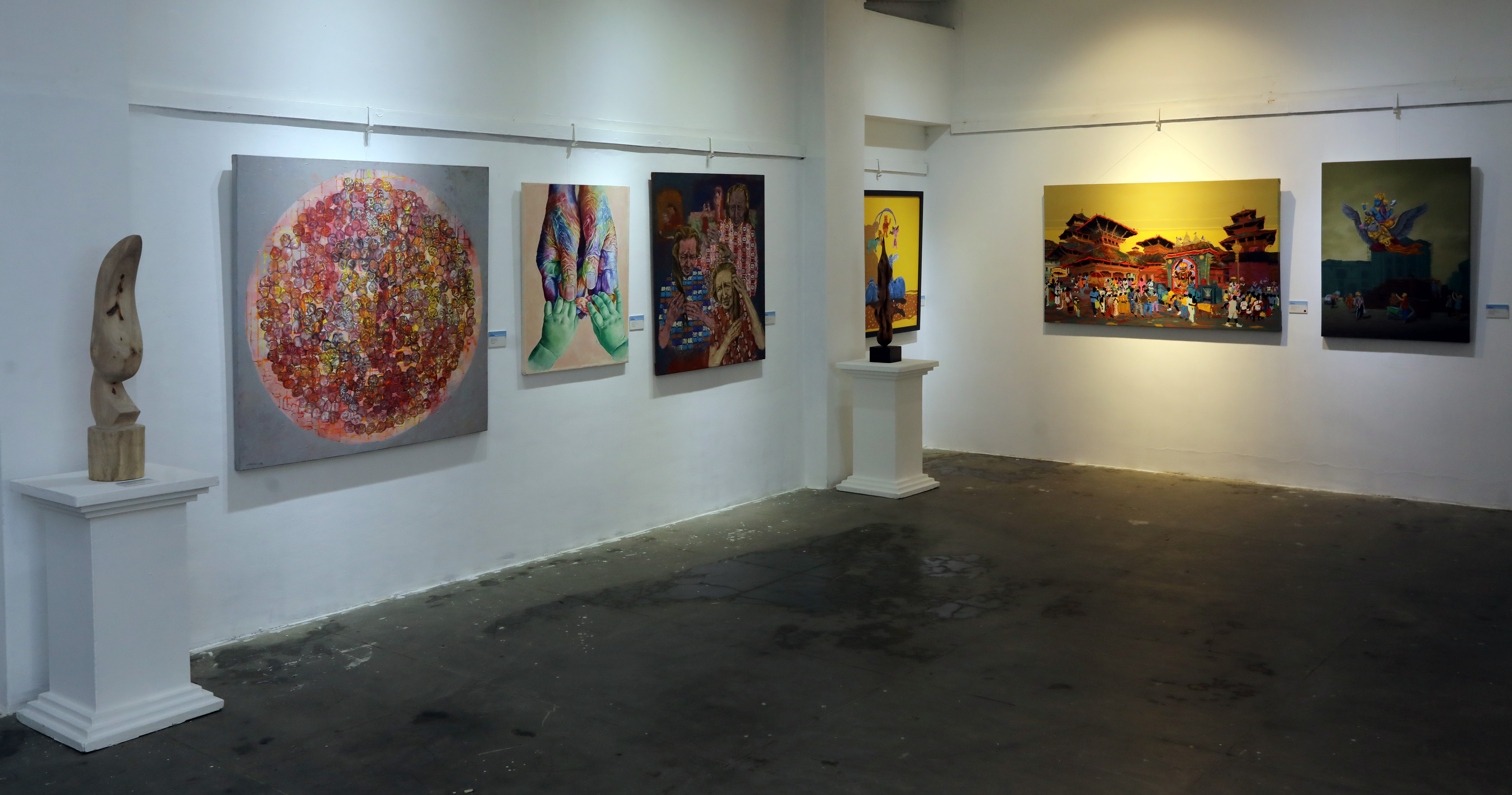
The diversity of the exhibition, in fact, demands some sort of guidance for the onlookers. Although the idea of art being open to different interpretations is valid in its own right, it would do no harm to share a little more information to the audience for them to enjoy the art of work more.
Nevertheless, Himalayan Art Festival has something for everyone. There is plenty to take away from the exhibition (besides the artworks that is): a lot of inspiration and pride in the fact that art has evolved distinctly in Nepal and that Nepali artists no longer just imitate the ordinariness of this reality. Artists are exploring ideas and discussing issues imperative to the current socio-cultural fabric. And so, it’s conclusive that when these paintings will find new homes, they will share many Nepali narratives and intrigue many conversations about art.
Himalayan Art Festival 2019 will be on display until October 3 at Nepal Art Council, Babarmahal, Kathmandu.




 14.83°C Kathmandu
14.83°C Kathmandu

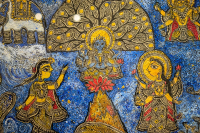
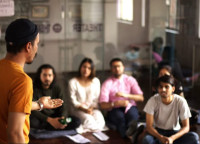
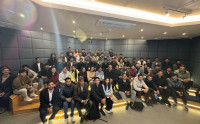









%20(1).jpg&w=300&height=200)

